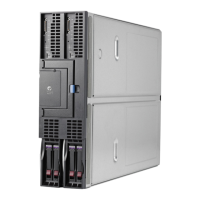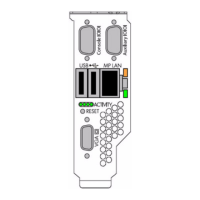List of Tables
3-1 Basic versus Advanced teaming features......................................................................................22
3-2 Dual Channel capabilities comparison..........................................................................................23
4-1 Heartbeat Frame Format...............................................................................................................36
4-2 802.1Q Tagged Heartbeat Frame Format......................................................................................36
4-3 Directed ARP Echo Node Probe REQUEST Frame Format..........................................................40
4-4 Directed ARP Echo Node Probe REPLY Frame Format................................................................40
4-5 Community Address ARP Echo Node Probe REQUEST Frame Format......................................43
4-6 Community Address ARP Echo Node Probe REPLY Frame Format...........................................43
4-7 Redundancy mechanism comparison chart..................................................................................54
4-8 Transmit Load Balancing method comparison.............................................................................61
4-9 Load Balancing based on Destination IP Address (two- and three-port teams)..........................62
4-10 Load Balancing based on Destination IP Address (four- and five-port teams)............................62
4-11 Load balancing based on Destination MAC Address (two- and three-port teams).....................64
4-12 Load balancing based on Destination MAC Address (four- and five-port teams).......................65
4-13 Example of load-balancing algorithms #1.....................................................................................70
4-14 Example of load-balancing algorithms #2.....................................................................................70
4-15 Dual Channel/Dynamic Dual Channel capabilities comparison to other team types..................75
4-16 Team type and redundancy mechanism compatibility.................................................................79
5-1 Teaming feature matrix.................................................................................................................87
7
